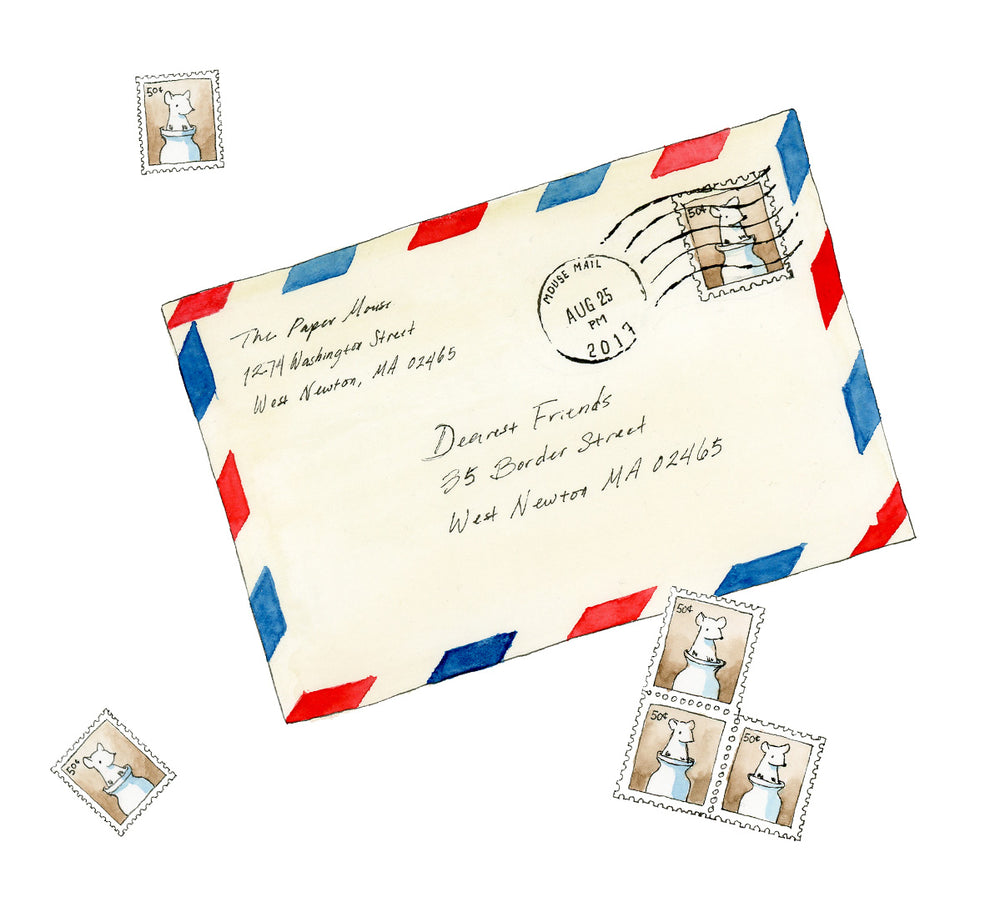Keeping an Ink Swatch Book
Fountain pen lovers know that once you go down the pen rabbit hole, an ink addiction is sure to follow. You may have one favorite ink or one color family you gravitate toward, but using a variety of inks is one of the great appeals of a fountain pen. Over time it’s easy—dare we say inevitable?—to amass a lot of different ink colors.
An ink swatch book is a useful way to keep track of all how all those colors look on the page—and it can be more than that, too. A swatch book becomes a record of inks you’ve collected over the years, especially favorite colors and limited edition inks that are no longer available. It’s a handy index that lets you compare similar shades and record the properties of an ink, the things you like about it, and what you dislike. And for those who like to draw or paint, a swatch book can be an opportunity to get creative with your ink collection.

Ink swatch books
Ink swatch books are made with special paper that shows off ink properties nicely. The pages are usually printed with little swatch sections that include a shape to fill in with ink (to show how the ink looks when it covers a larger area) and a couple of lines to write the name of the ink (to help you keep track of your inks, and also to show how the ink looks when you write with it). Swatch books are very easy to use: you just color in the swatch on the page and write the name of the ink underneath. You can add new inks to the pages in the order that you acquire them, or you can organize pages by color, brand, ink property, and so on.

Ink swatch cards
Swatch cards work the same way as a swatch book, but the swatches are printed on individual cards. While it can be convenient to have your swatches bound in one book, you may prefer cards that can be easily shuffled around and compared by color or ink property. You can keep swatch cards in a small box or envelope, or you can even create a rearrangeable swatch book, using a credit card organizer or a binder with pocket sleeves to hold the cards.

What information to record
You’ll want to record some basic information about each ink that will help you find it again next time you want to use it. At the very least, the name and brand of the ink are essential, but you may want to include other details as well. If the ink has special properties, like being waterproof, that can be helpful to note. You might want to make notes on how the ink feels to write with: Is it dry or wet? Do you like how it writes with a broad nib or a fine nib? And if you collect limited editions, you could note the date of each ink edition.
Visually, ink swatches show you other information as well. A lighter color may show up beautifully when painted onto a large area but look lighter than expected when you write with it. An ink will look different in a broad nib with wide strokes than it does in a finer nib. And inks with special properties like sheen or shimmer will also show differently depending on how they are used. You might want to include different stroke sizes in your swatch to remind you later how a particular ink behaves with different pens.
It can also be a good idea to add dates to your ink swatches. Over time, swatches can fade or change, so recording the date your swatch was made can give you helpful information too.

How to swatch
For the larger color swatch area of your ink swatch, a piece of hard, thin plastic, such as a plastic coffee stirrer or the back end of a paintbrush handle, works well to transfer ink to the paper. (You can also use a Q-tip or a paintbrush, though these will soak up extra ink.) For the writing sample portion of the swatch, a dip pen lets you swatch without having to ink up your fountain pen each time. Alternatively, you can dip the nibs of your fountain pens very shallowly into the ink. This is a nice way to show how the ink looks with different nibs, though it requires more cleaning.
Remember that sheening, shimmering, and pigmented inks can settle over time, so you’ll want to gently shake the bottle (with the cap tightly closed!) or stir the ink before you make your swatch.

Making your own swatch book or cards
If you don’t want to use a premade swatch book, it’s easy to make your own. Choose a notebook with quality fountain pen friendly paper. (Our Fountain Pen Friendly Paper collection is a great place to look!) If you want to use both sides of the page, be sure the paper doesn’t ghost (show the ink through from the other side of the page), as you’ll be laying down more ink than usual in your swatches. Then you can add as many or as few swatches per page as you like.
Making your own swatch book is an especially nice option if you like to paint or draw with fountain pen inks. You can add small sketches to the page to get a feel for the ink.
You can also cut your own swatch cards out of different types of paper, and swatch the same ink on each one. This is a great way to test how an ink will look on different papers that you use frequently.

Do you keep an ink swatch book? How many swatches have you collected over the years? It’s fun to watch the collection grow!



Leave a comment